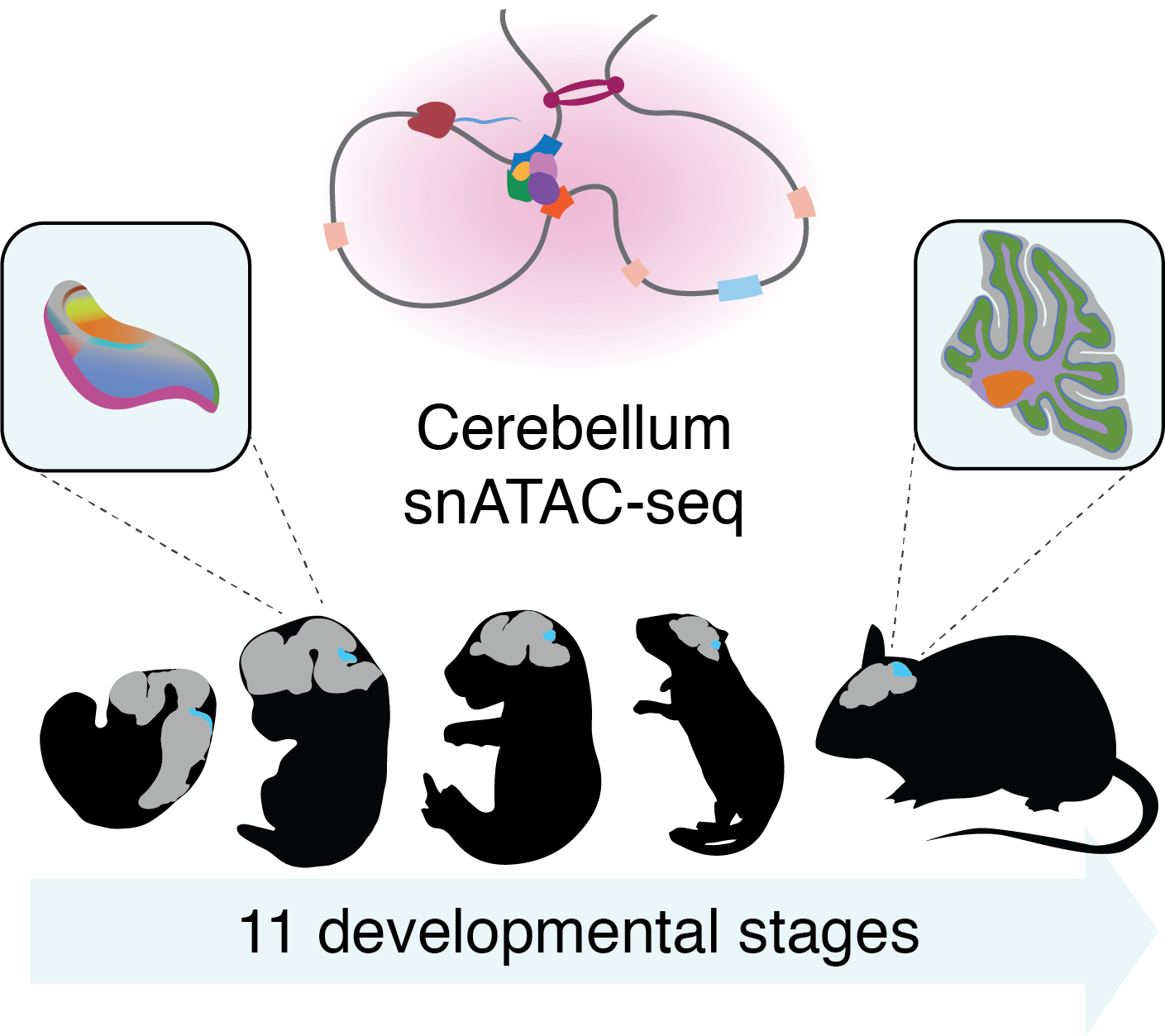
These findings have led to models in which MT response properties derive from weighted summation and normalization of direction-selective V1 inputs 19, 20. In contrast, neurons in the primate V1 are mostly nonselective for the direction of coherent motion in RDKs 18 and exclusively exhibit component direction-selective responses to plaids 9. Individual neurons in MT and MST exhibit strong direction-selective responses to RDKs and many are selective for the overall motion of plaid stimuli (pattern direction-selective) rather than to the individual component gratings (component direction-selective) 9. Pharmacological lesioning of MT causes deficits in coherent motion perception 16, and microstimulation of MT can influence perception of motion in studies using random dot kinematograms (RDKs) 17. Area MT contains a high proportion of direction-selective neurons 12, 13, 14 and preferentially receives direction-selective inputs from the primary visual cortex (V1) 15. In primates, the middle temporal area (MT) and the downstream medial superior temporal area (MST) have been identified as specialized regions for processing of coherent motion 9, and are key regions in the dorsal stream of visual processing 10, 11. Researchers are just beginning to understand how coherent motion is encoded in the mouse visual system, and the degree to which circuits underlying motion processing are homologous between mice and primates. Although visually driven neurons along the retinogeniculocortical pathway of mice and primates exhibit differences in response properties and connectivity 8, there are parallels in the overarching meso- and macroscale organization of the visual areas 6. Recently developed techniques for measuring neural activity in genetically identified neurons makes the mouse an attractive model system for investigating cortical processing of coherent motion at previously inaccessible spatial scales 6, 7. Although mouse visual cortical neurons are known to be well-tuned for coherent visual motion 3, 4, and vision plays an important role in navigation 5, mesoscale cortical processing of coherent motion is poorly understood in the mouse. Although neurons selective for visual motion arise early in the visual system, extensive research in primates has shown that perception of coherent global motion independent of local motion relies on processing in specialized regions of visual cortex 1, 2. Perception of visual motion is critical for animal survival, underlying behaviors such as visually guided navigation, pursuit of prey, and avoidance of threats.


These results indicate that processing of visual motion in mouse cortex is distributed heterogeneously both across and within visual areas. Moreover, there is considerable anisotropy within visual areas, such that neurons representing the lower visual field are more responsive to coherent motion. Imaging of primary visual cortex (V1) and higher visual areas (HVAs) during presentation of natural movies and random dot kinematograms (RDKs) reveals varied responsiveness to coherent motion, with stronger responses in dorsal stream areas compared to ventral stream areas. Here, we use widefield and 2-photon calcium imaging of transgenic mice to measure mesoscale and cellular responses to coherent motion. However, whether mouse visual cortex has a similar organization remains unclear, despite powerful genetic tools available for measuring population neural activity. In primates, specific visual cortical regions are specialized for processing of coherent visual motion. Perception of visual motion is important for a range of ethological behaviors in mammals.


 0 kommentar(er)
0 kommentar(er)
